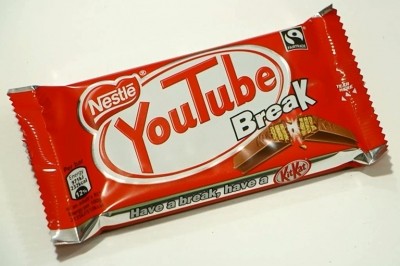'Roll-and-blow' for thin-walled polypropylene bottles

French equipment manufacturer Serac acquired Roll N Blow developer Agami in 2014. The technology was originally developed for manufacturing polystyrene (PS) containers.
“There is a market for PS where it is already used for pots in fresh dairy,” said Agami founder Stylianos Eleftheriou. “But since then, we’ve seen more interest in systems for polypropylene [PP].
Better strength
“It’s resistant to hot-filling, offers better strength and it is easier to add an oxygen barrier for longer shelf-life.”
Unlike either extrusion blow-moulding or injection stretch blow-moulding, Roll N Blow works from preformed polymer sheet on a reel and, while the sheet is heated to be stretched and blown, it is never fully melted.
“It is much easier to optimise this system and create thin-wall bottles than with extrusion blow-moulding,” said Eleftheriou. He estimated that, depending on the application, the technology could work out at least 10% cheaper than extrusion blow-moulding.
“If you compare Danone’s Actimel, for example, it is high-volume and optimised over 20 years or so,” he said. “We could reach a similar ratio, but much more easily.”
Options
Although two machines are installed in Russia and Morocco, and another two are on order for Belarus and Turkey, no customer is yet creating a barrier bottle. But options with an ethylene vinyl alcohol barrier are being promoted for products with sensitive contents, such as vitamins, or milk shakes, juices and sauces with a longer shelf-life.
Output from Roll N Blow is around 30 cycles a minute with PS and 25 a minute with PP, not dependent on bottle size (which is normally in the 100500ml range).

















